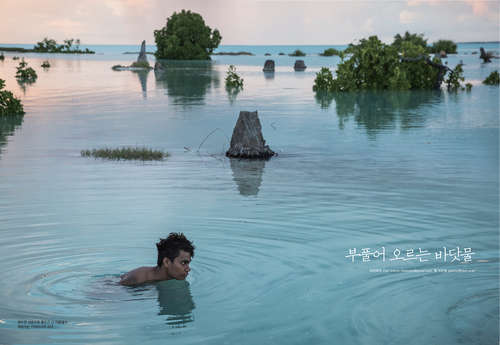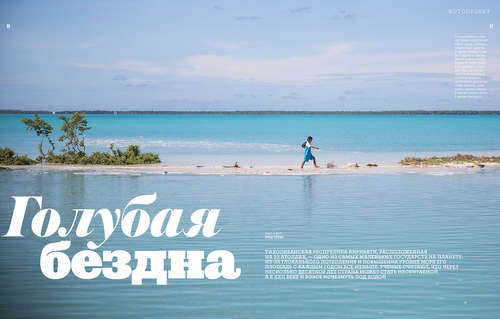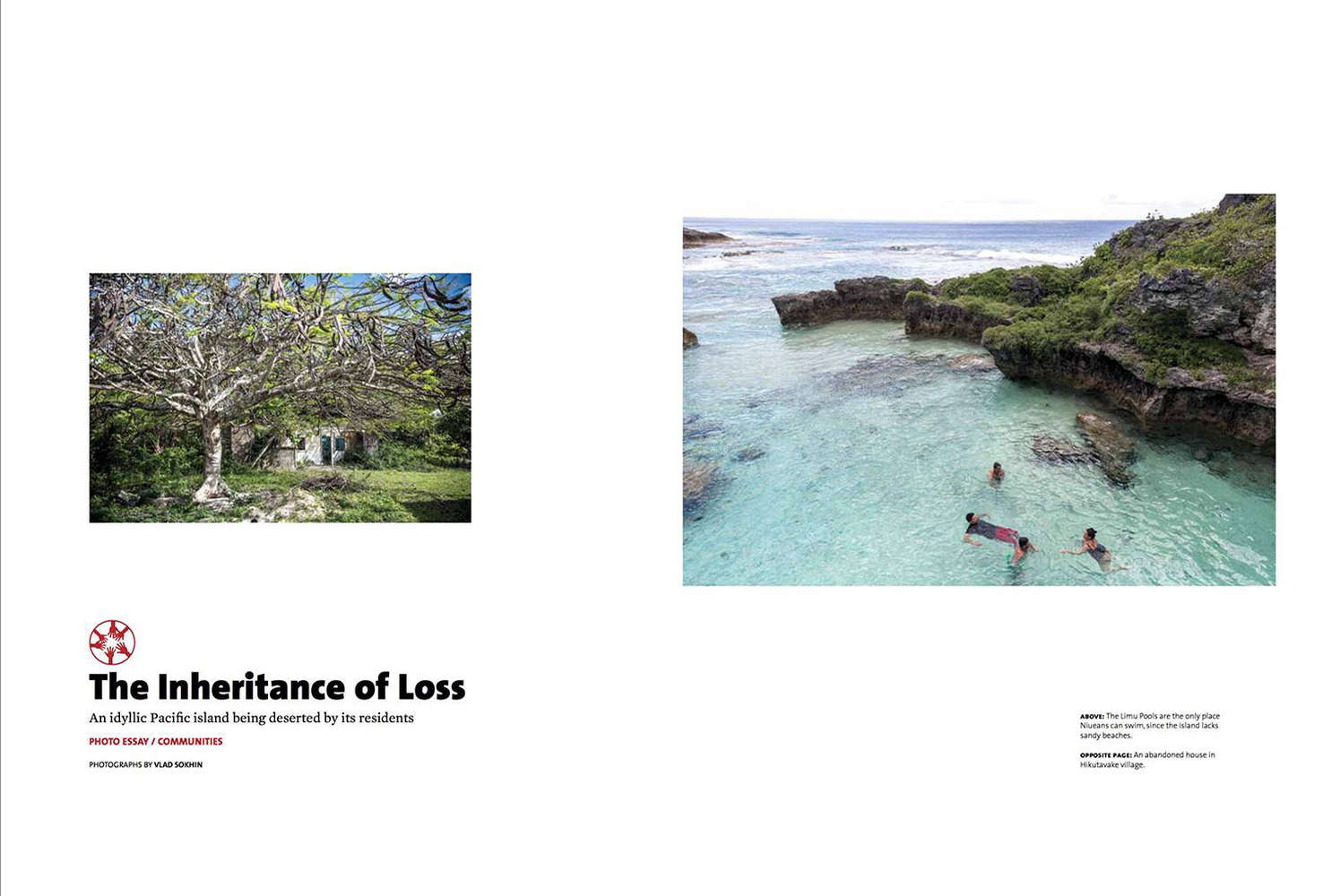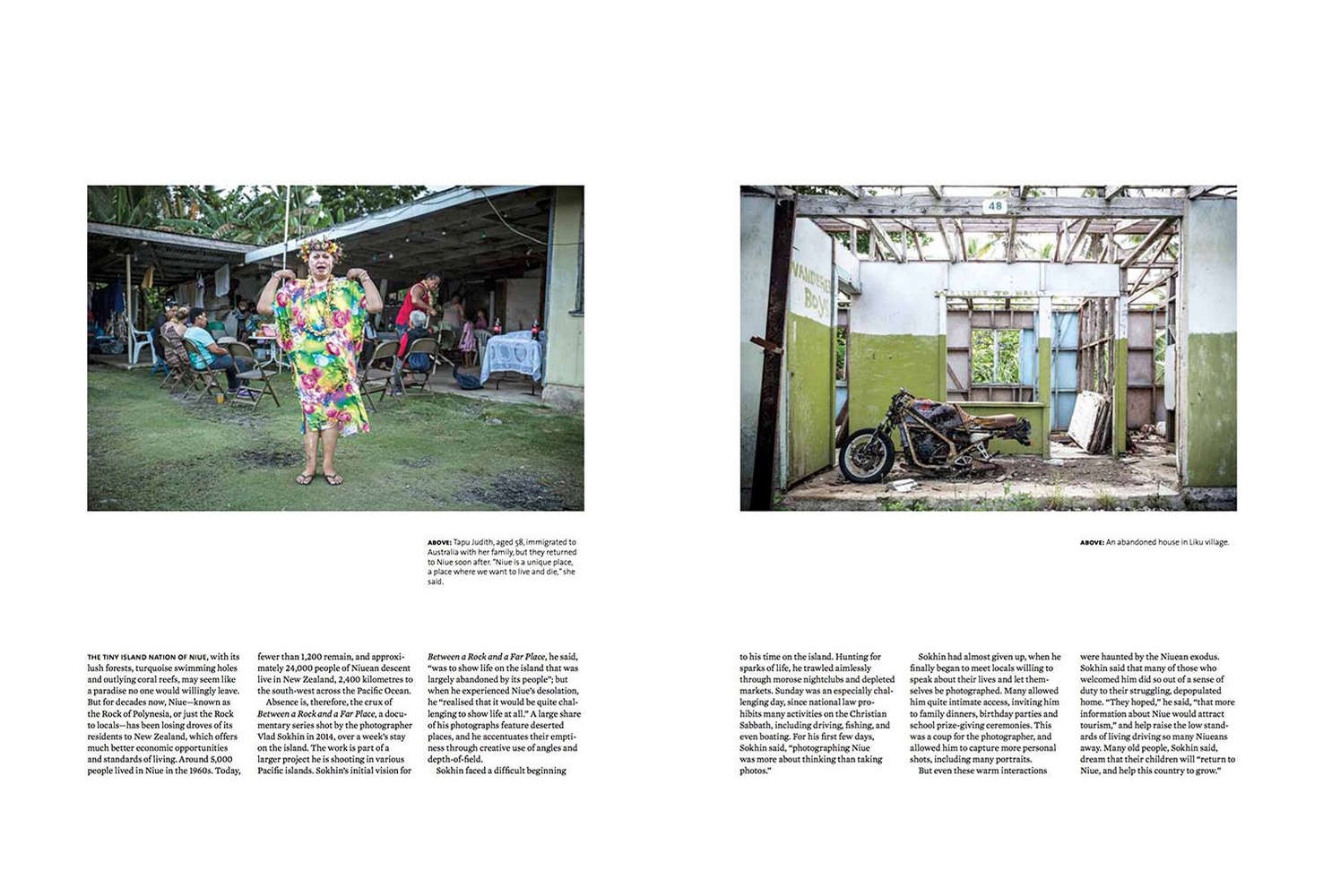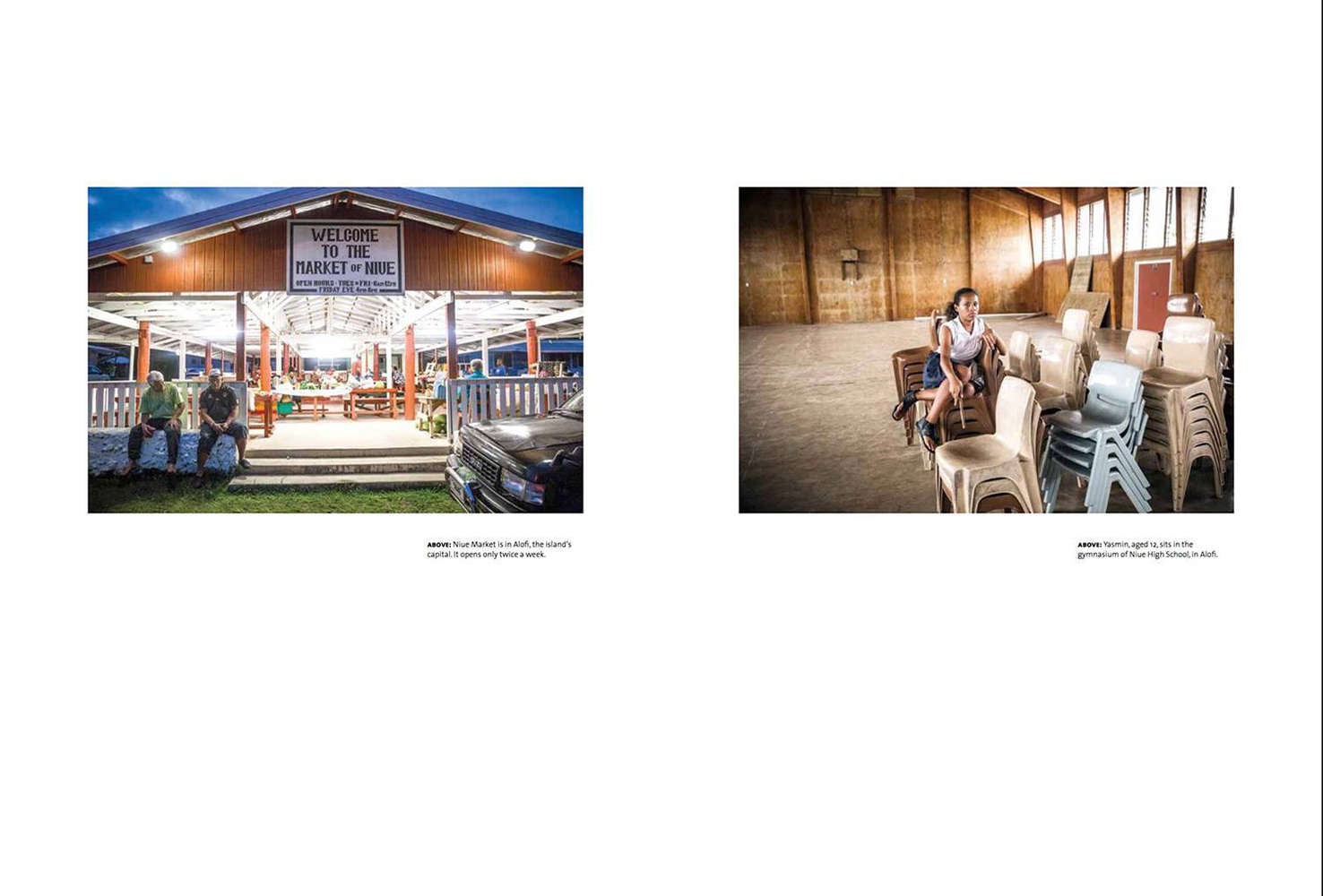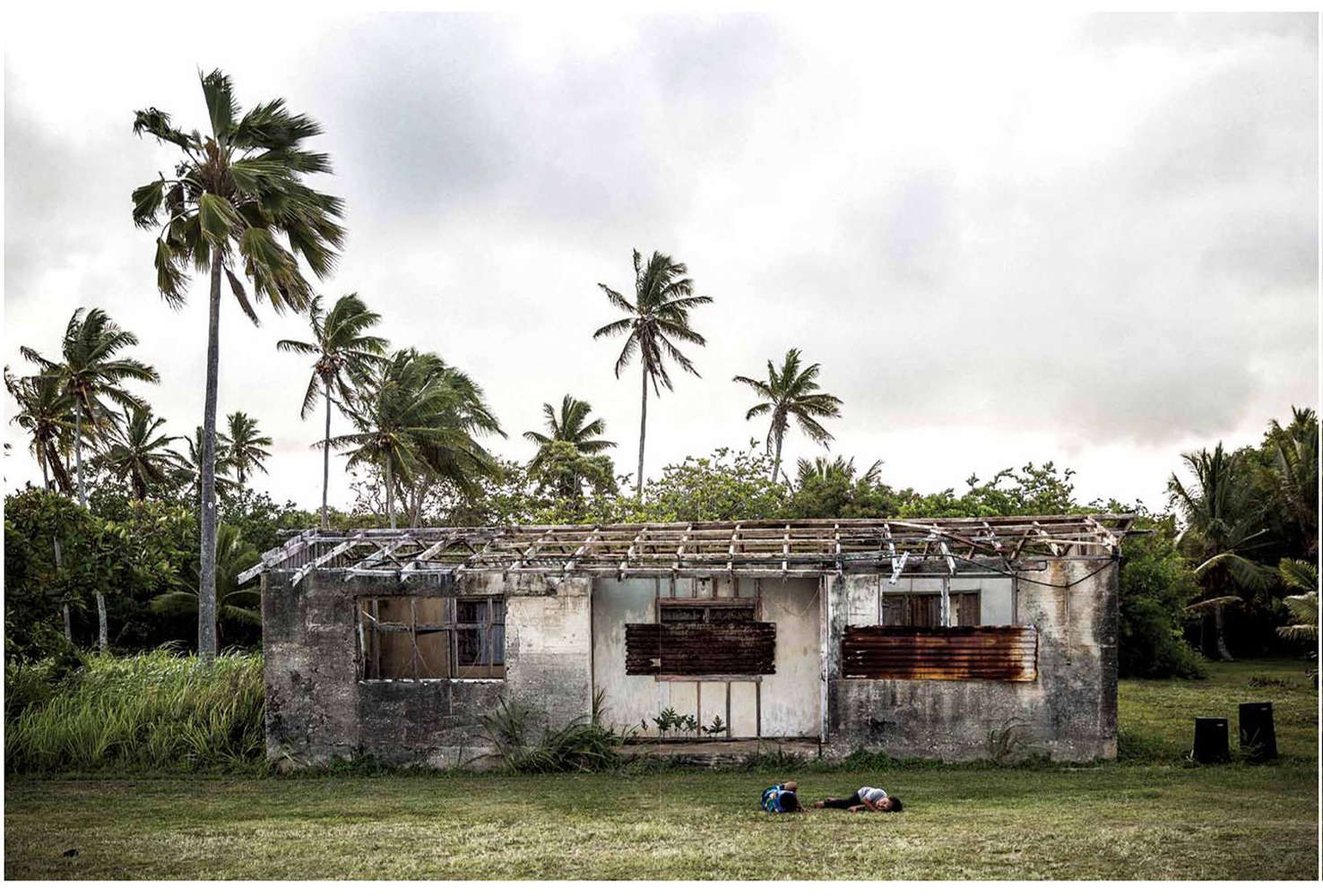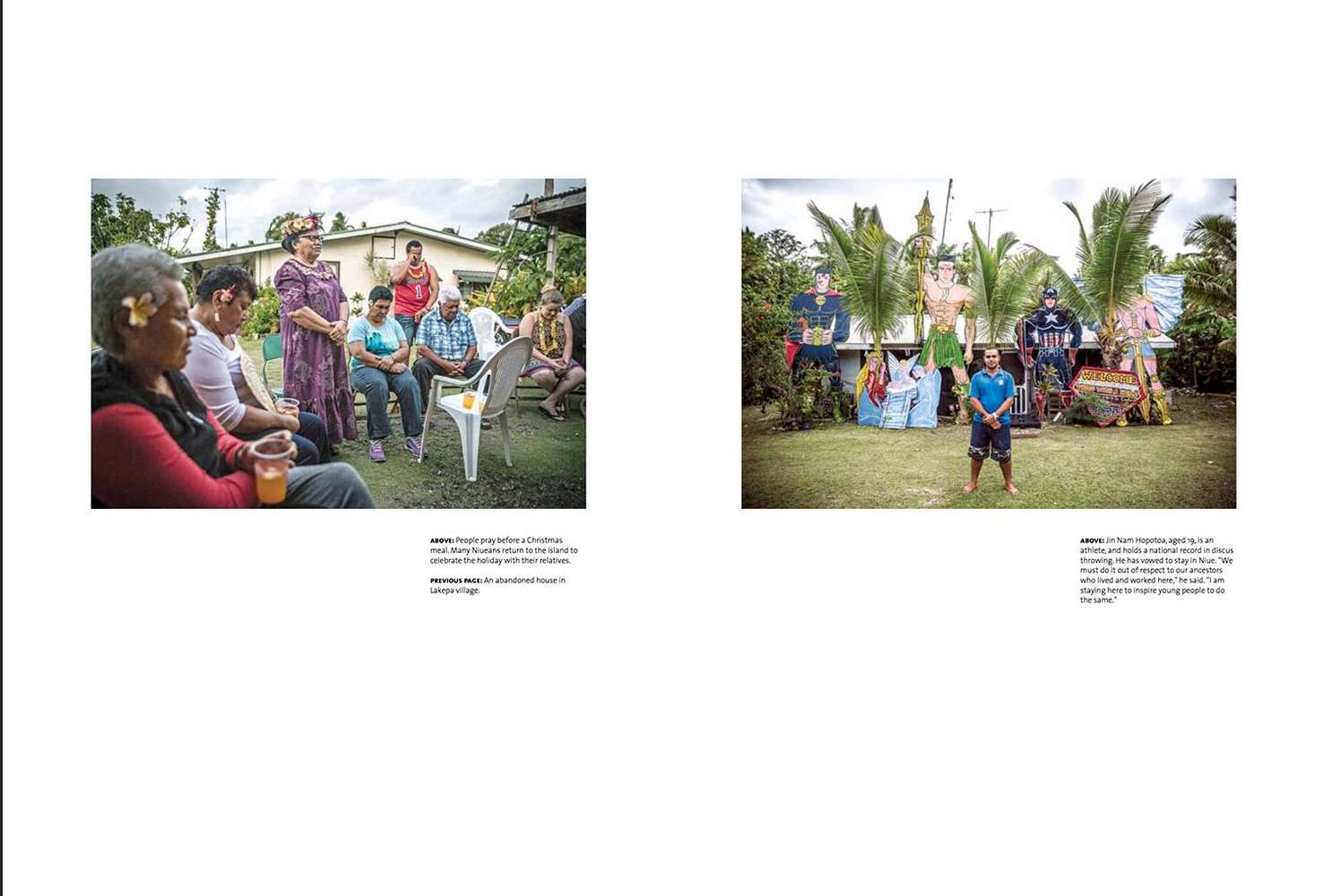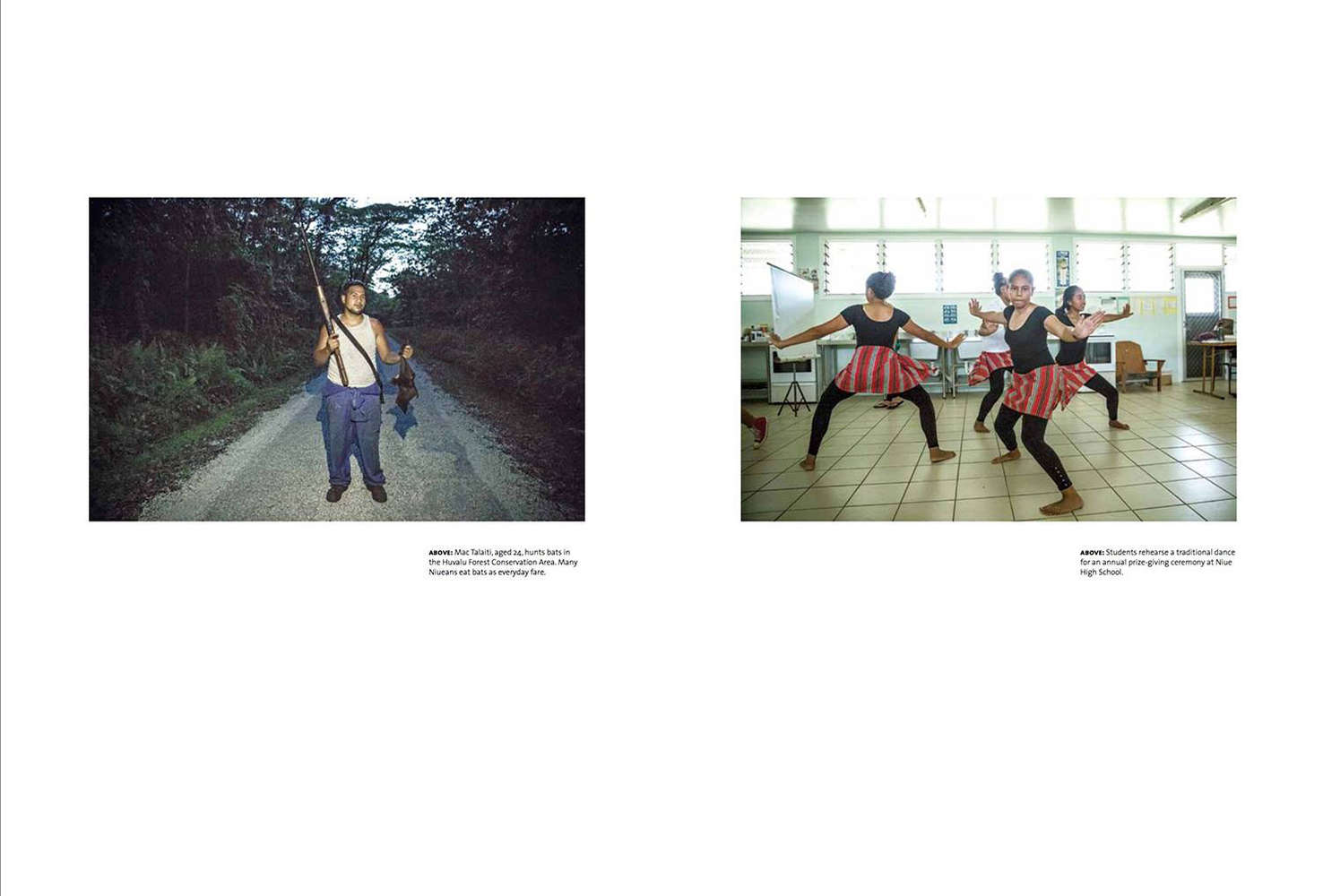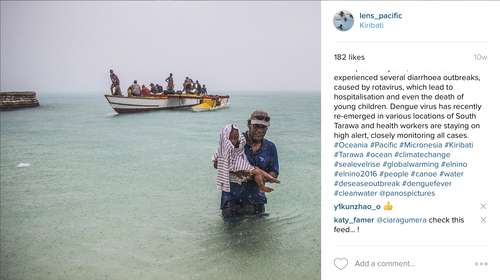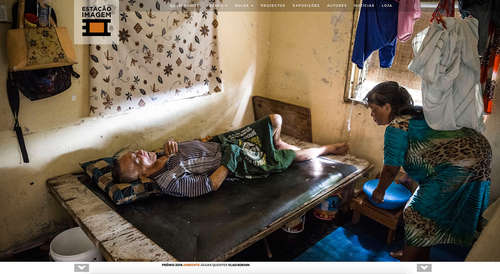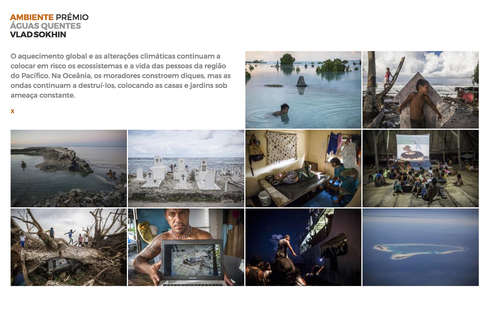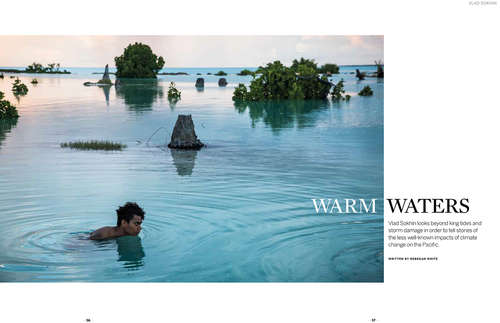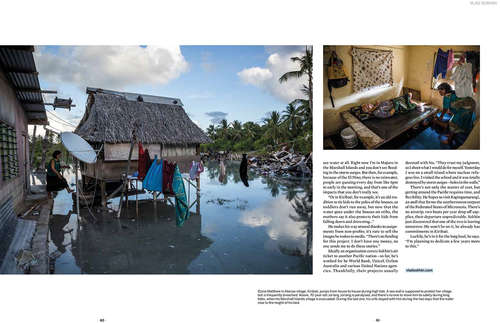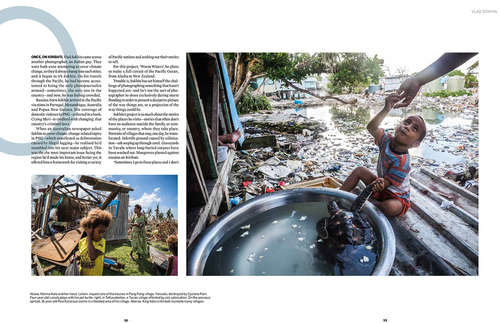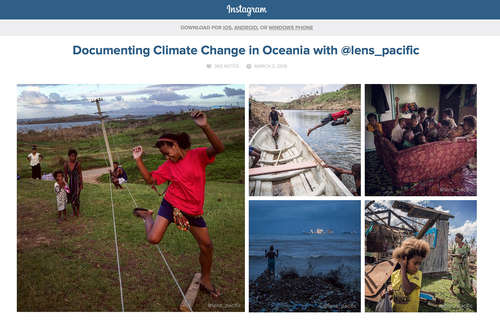Warm Waters published in Hamkeanungil Magazine, South Korea
Warm Waters is published this November in South Korean Monthly Environmental Magazine Hamkesanungil
Photos from this project are currently exhibited at Suwon Photo Festival (Suwon, South Korea).
Warm Waters (Kiribati) in the Russian magazine Vokrug Sveta
Kiribati chapter of Warm Waters project is featured in November issue of the Russian travel magazine Vokrug Sveta
Interview on Radio New Zealand
My resent interview on radio New Zealand about “Warm Waters”
www.radionz.co.nz/international/pacific-news/302410/photographer-to-expose-pacific-climate-plight
A photographer who’s spent the past few years travelling the Pacific in an attempt to document the effects of climate change, says the rest of the world seems to know little about the region’s plight.
Vlad Sokhin has travelled to at least 10 of the region’s countries and territories for his project, “Warm Waters”, documenting sea level rise, changing weather patterns, and food and water shortages.
Mr Sokhin said he hopes his work will expose what’s going on in some of the most isolated parts of the world in the international arena.
“It’s kind of the biggest region in the world, and if you open Google Maps and just put the Pacific it’s like almost half of the planet, right? It’s the largest ocean,” he explained.
“And there’s so many people living in it and there’s not much coverage. You know, only a few times I only met a couple of photographers while working in all these countries.”
Warm Waters on CNN
Warm Waters featured on CNN Connect the World segment “Parting Shots”.
Today, refugees aren’t just fleeing war. They’re fleeing climate change too.
Photo essay “Between a Rock and a Far Place” from Niue in April’s issue of The Caravan Magaine, India
www.caravanmagazine.in/photo-essay/the-inheritance-of-loss-pacific-island-deserted
Absence is the crux of “Between a Rock and a Far Place,” a documentary series shot by the photographer Vlad Sokhin in 2014, over a week’s stay on the tiny island of Niue. The work is part of a larger project he is shooting in various Pacific islands. Sokhin’s initial vision for “Between a Rock and a Far Place,” he said, “was to show life on the island that was largely abandoned by its people”; but when he experienced Niue’s desolation, he “realised that it would be quite challenging to show life at all.” A large share of his photographs feature deserted places, and he accentuates their emptiness through creative use of angles and depth-of-field. Sokhin faced a difficult beginning to his time on the island. Hunting for sparks of life, he trawled aimlessly through morose nightclubs and depleted markets.
Guardian’s list of Instagram climate change photographers
Very happy to have my Instagram @lens_pacific included in Guardian’s list of suggested Instagram photographers who cover environmental issues around the world.
http://www.theguardian.com/environment/2016/apr/20/environment-instagram-photography-climate-change
Warm Waters wins Environment category of the Portuguese Photojournalism Award ‘Estação Imagem’ 2016
Happy to announce that “Warm Waters” was selected as an Environment category winner of the Portuguese Photojournalism Award ‘Estação Imagem’ 2016
http://www.estacao-imagem.com/pt/premio/2016/vencedores
Instagram feature
Happy to see my Instagram account @Lens_Pacific featured on Instagram blog
http://blog.instagram.com/post/140335217902/160302-lens-pacific
The wake of any natural disaster is calm, Vlad Sokhin (@lens_pacific) says, but photographing from the center of one feels unpredictable. Originally drawn to the Pacific to document the prevalence of violence against women in Papua New Guinea, the Portuguese photographer now focuses almost exclusively on environmental issues in Oceania. “I see how people move further inland, because the sea claims more and more territories from their tiny and very fragile atolls,” Vlad says. “I see how global warming causes rising temperatures and how this disrupts the fishery industry and affects the communities that heavily rely on it.” One of Vlad’s goals is to photograph king tides, the highest tide of the year, in Kiribati: “I just keep coming back to these countries, trying to document all the aspects of climate change and its effects on the people who live there and always have my fingers crossed,” he explains.
To see more of Vlad’s documentary photography, follow @lens_pacific on Instagram
